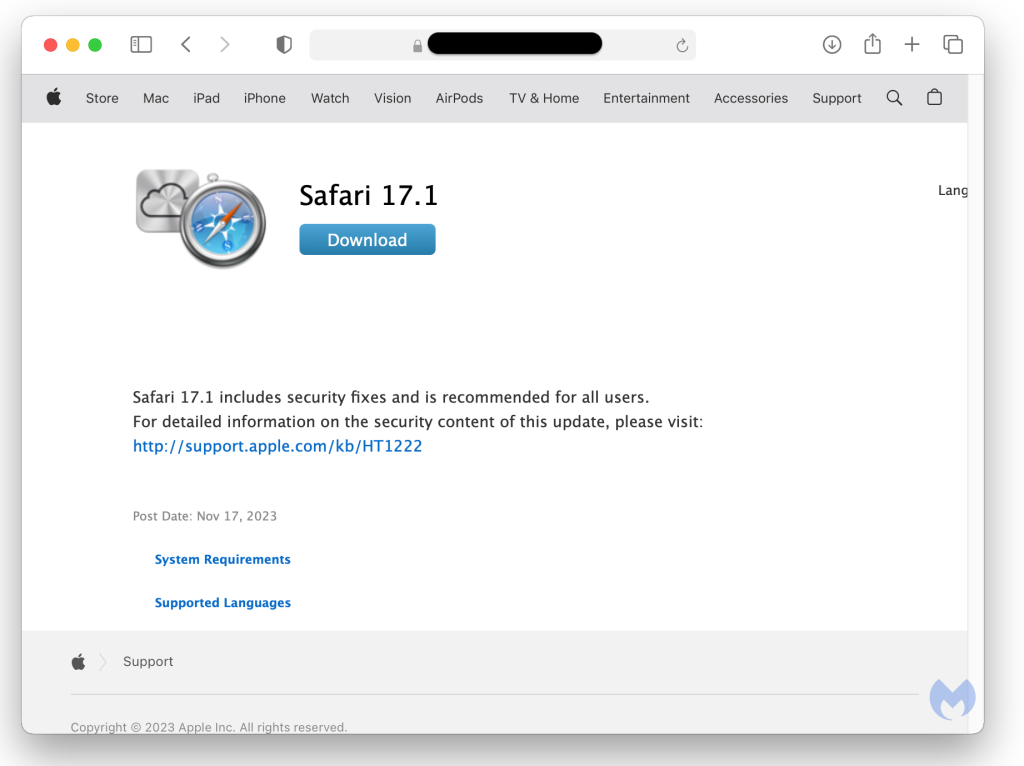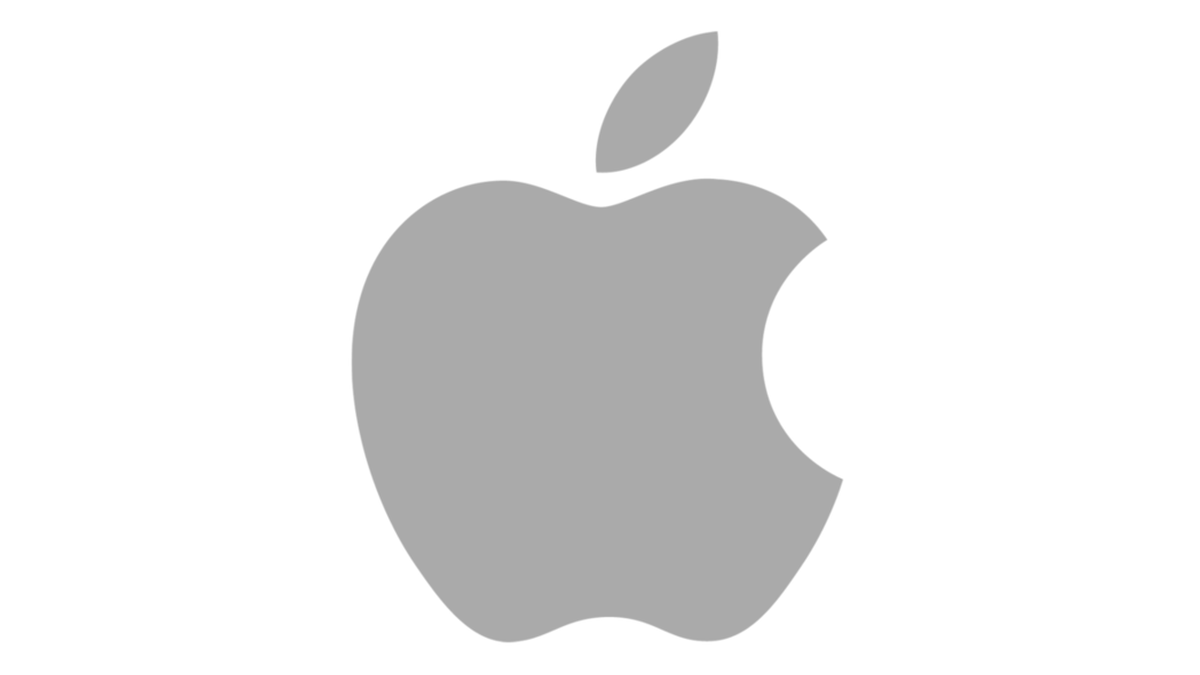We’re going to let you in on a little cybersecurity secret… There’s malware on Mac computers. There pretty much always has been.
As revealed in our 2024 ThreatDown State of Malware report, a full 11% of all detections recorded by Malwarebytes on Mac computers in 2023 were for different variants of malware—the catch-all term that cybersecurity researchers use to refer to ransomware, trojans, info stealers, worms, viruses, and more.
That 11% figure may not sound imposing but remember that many people today still believe that Apple devices, including Mac computers, are invulnerable to cyberinfections because of some sort of vague “Apple magic.”
In reality, “Apple magic” is more a byproduct of old advertising (this 2006 commercial from the “I’m a Mac, and I’m a PC” series did irreparable harm) and faulty conclusions concerning cybersecurity’s biggest breaches and attacks: People mistakenly believe that because most attacks target Windows computers and servers, no attacks target Macs.
The truth is far more nuanced, as the visible, overwhelming focus of cyberattacks on Windows machines is a consequence of Microsoft’s long-standing success in business computing.
For decades, every multinational corporation, every local travel agency, every dentist, every hospital, every school, government, and city hall practically ran on Windows. This mass adoption was good for Microsoft and its revenue, but it also drew and maintained the interests of cybercriminals, who would develop malware that could impact the highest number of victims. This is why the biggest attacks, even today, predominantly target Windows-based malware and the sometimes-unpatched vulnerabilities found in Windows software and applications.
Essentially, as Windows is the biggest target, cybercriminals zero in their efforts respectively.
But new information last year revealed that could all be changing.
Mac malware tactics shifted in 2023
Apple’s desktop and laptop operating system, macOS, represents a 31% share of US desktop operating systems, and roughly 25% of all businesses reportedly utilize Mac devices somewhere in their networks.
Already, the cybercriminals have taken note.
In April 2023, the most successful and dangerous ransomware in the world—LockBit—was found to have a variant developed for Mac. Used in at least 1,018 known attacks last year, LockBit ransomware, and the operators behind it, destroyed countless businesses, ruined many organizations, and, according to the US Department of Justice, brought in more than $120 million before being disrupted by a coordinated law enforcement effort in February of this year.
While the LockBit variant for Mac was not operational upon discovery, the LockBit ransomware gang said at the time that it was “actively being developed.” Fortunately, LockBit suffered enormous blows this year, and the ransomware gang is probably less concerned with Mac malware development and more concerned with “avoiding prison.”
Separately, in September 2023, Malwarebytes discovered a cybercriminal campaign that tricked Mac users into accidentally installing a type of malware that can steal passwords, browser data, cookies, files, and cryptocurrency. The malware, called Atomic Stealer (or AMOS for short) was delivered through “malvertising,” a malware delivery tactic that abuses Google ads to send everyday users to malicious websites that—though they may appear legitimate—fool people into downloading malware.
In this campaign, when users searched on Google for the financial marketing trading app “TradingView,” they were sometimes shown a malicious search result that appeared entirely authentic: a website with TradingView branding was visible, and download buttons for Windows, Mac, and Linux were clearly listed.
But users who clicked the Mac download button instead received AMOS.

Just months later, AMOS again wriggled its way onto Mac computers, this time through a new delivery chain that has more typically targeted Windows users.
In November, Malwarebytes found AMOS being distributed through a malware delivery chain known as “ClearFake.” The ClearFake campaign tricks users into believing they’re downloading an approved web browser update. That has frequently meant a lot of malicious prompts mimicking Google Chrome’s branding and update language, but the more recent campaign imitated the default browser on Mac devices—Safari.

As Malwarebytes Labs wrote at the time:
“This may very well be the first time we see one of the main social engineering campaigns, previously reserved for Windows, branch out not only in terms of geolocation but also operating system.”
Replace “magic” with Malwarebytes
Cyberthreats on Mac aren’t non-existent, they’re just different. But different threats still need effective protection, which is where Malwarebytes Premium can help.
Malwarebytes Premium detects and blocks the most common infostealers that target Macs—including AMOS—along with annoying browser hijackers and adware threats such as Genieo, Vsearch, Crossrider, and more. Stay protected, proactively, with Malwarebytes Premium for Mac.
We don’t just report on threats—we remove them
Cybersecurity risks should never spread beyond a headline. Keep threats off your devices by downloading Malwarebytes today.










